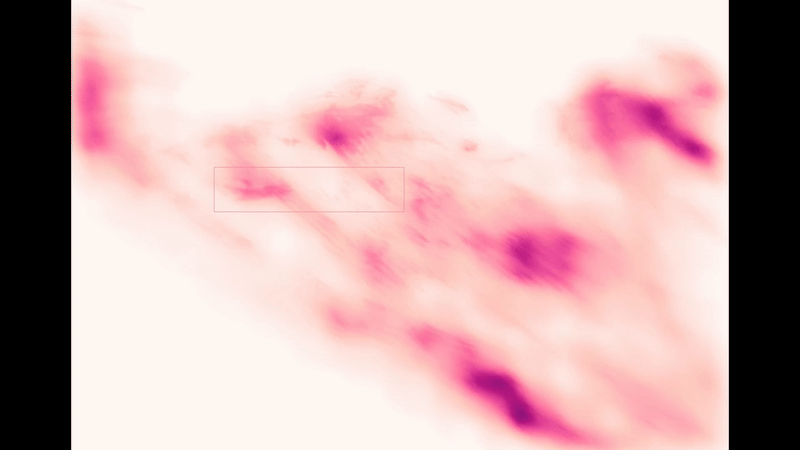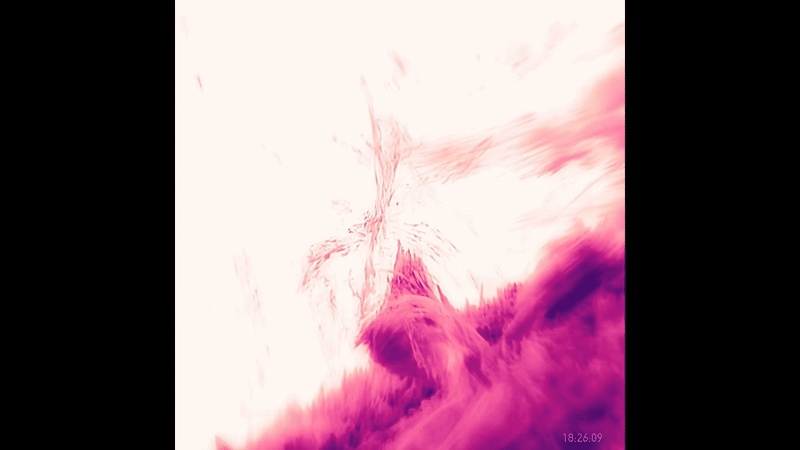Scientists capture never-before-seen plasma streams and bizarre 'raindrops' in sharpest-ever view of sun's outer atmosphere (video)
Using a newly developed adaptive optics system called Cona, scientists peered through Earth's turbulent air to reveal the sun's corona in astonishing clarity.
The sun's outer atmosphere — the corona — has long intrigued scientists due to its extreme temperatures, violent eruptions and towering prominences — vast filaments of plasma extending out from the solar surface.
Visible only during a total solar eclipse and blurred by Earth's turbulent atmosphere, the corona has remained frustratingly elusive. Until now.
Thanks to a breakthrough adaptive optics system called Cona, installed at the 1.6-meter Goode Solar Telescope (GST), operated by NJIT's Center for Solar-Terrestrial Research (CSTR) at Big Bear Solar Observatory (BBSO) in California, scientists now have access to unprecedented views of the sun. Here we take a look at the sharpest ever views of the sun's corona, from cascading coronal rain to a never-before-seen plasma stream. The videos are artificially colorized to show the hydrogen-alpha light emitted by the plasma. The darker color is brighter light.
Sharpest ever view of coronal rain
One of the most striking sights: the sharpest ever view of coronal rain — delicate threads of cooling plasma, some narrower than 12 miles (20 kilometers).
Coronal rain forms when hotter plasma in the sun's corona cools and condenses. Akin to raindrops on Earth, coronal rain is pulled back down to the solar surface by gravity. But unlike Earth's rain, it doesn't take the most direct path straight down. The plasma is electrically charged and so follows the sun's magnetic field lines, arching and looping as it cascades back to the solar surface.
Never-before-seen 'plasmoid'
The incredibly detailed solar observations also reveal a never-before-seen feature — the rapid formation and collapse of a finely structured plasma stream referred to as a 'plasmoid'.
The time-lapse video shows a plasmoid snaking across the sun at almost 62 miles (100 kilometers) per second. This is likely the first time a plasmoid has ever been observed.
Breaking space news, the latest updates on rocket launches, skywatching events and more!
"These are by far the most detailed observations of this kind, showing features not previously observed, and it's not quite clear what they are," Vasyl Yurchyshyn, co-author of the study, said in a statement.
Stunning solar prominence
Last but not least, an intricate look at a quickly reconstructing solar prominence 'dancing' and twisting to the sun's magnetic field.
The sun's soft, 'fluffy-looking' surface comes from short-lived plasma jets known as spicules — dynamic features whose origins remain the subject of ongoing debate.
Solar prominences are large loops of plasma — hot gas composed mainly of hydrogen and helium. They are anchored to the sun's surface in the photosphere, the innermost visible layer of the sun's atmosphere and reach out far into the sun's corona. But scientists have yet to determine exactly how they form in the first place.
The future is bright for solar astronomy
These new and improved views of the sun's corona are not only aesthetically pleasing, but they also offer a unique opportunity to study the corona like never before.
"The new coronal adaptive optics system closes this decades-old gap and delivers images of coronal features at 63 kilometers resolution—the theoretical limit of the 1.6-meter Goode Solar Telescope," Thomas Rimmele, National Solar Observatory Chief Technologist, said in a statement.
By capturing the fine-scale structure and motion of cooler plasma, scientists are closing in on one of the sun's greatest mysteries: why the corona blazes millions of degrees hotter than the solar surface. These sharper views also aid our understanding of filament eruptions and coronal mass ejections, powerful blasts of plasma that fuel space weather, disrupt technology, and light up the skies with spectacular auroras.
Scientists hope to bring this technology to even larger telescopes, including the 4-meter Daniel K. Inouye Solar Telescope in Hawaiʻi, promising an even closer look at the sun's outer layers. "This marks the start of a new era in solar astronomy, promising many more discoveries in the years and decades to come," Philip Goode, co-author of the study, said in a statement.
The team's research was published on Tuesday (May 27) in the journal Nature.

Daisy Dobrijevic joined Space.com in February 2022 having previously worked for our sister publication All About Space magazine as a staff writer. Before joining us, Daisy completed an editorial internship with the BBC Sky at Night Magazine and worked at the National Space Centre in Leicester, U.K., where she enjoyed communicating space science to the public. In 2021, Daisy completed a PhD in plant physiology and also holds a Master's in Environmental Science, she is currently based in Nottingham, U.K. Daisy is passionate about all things space, with a penchant for solar activity and space weather. She has a strong interest in astrotourism and loves nothing more than a good northern lights chase!
You must confirm your public display name before commenting
Please logout and then login again, you will then be prompted to enter your display name.





